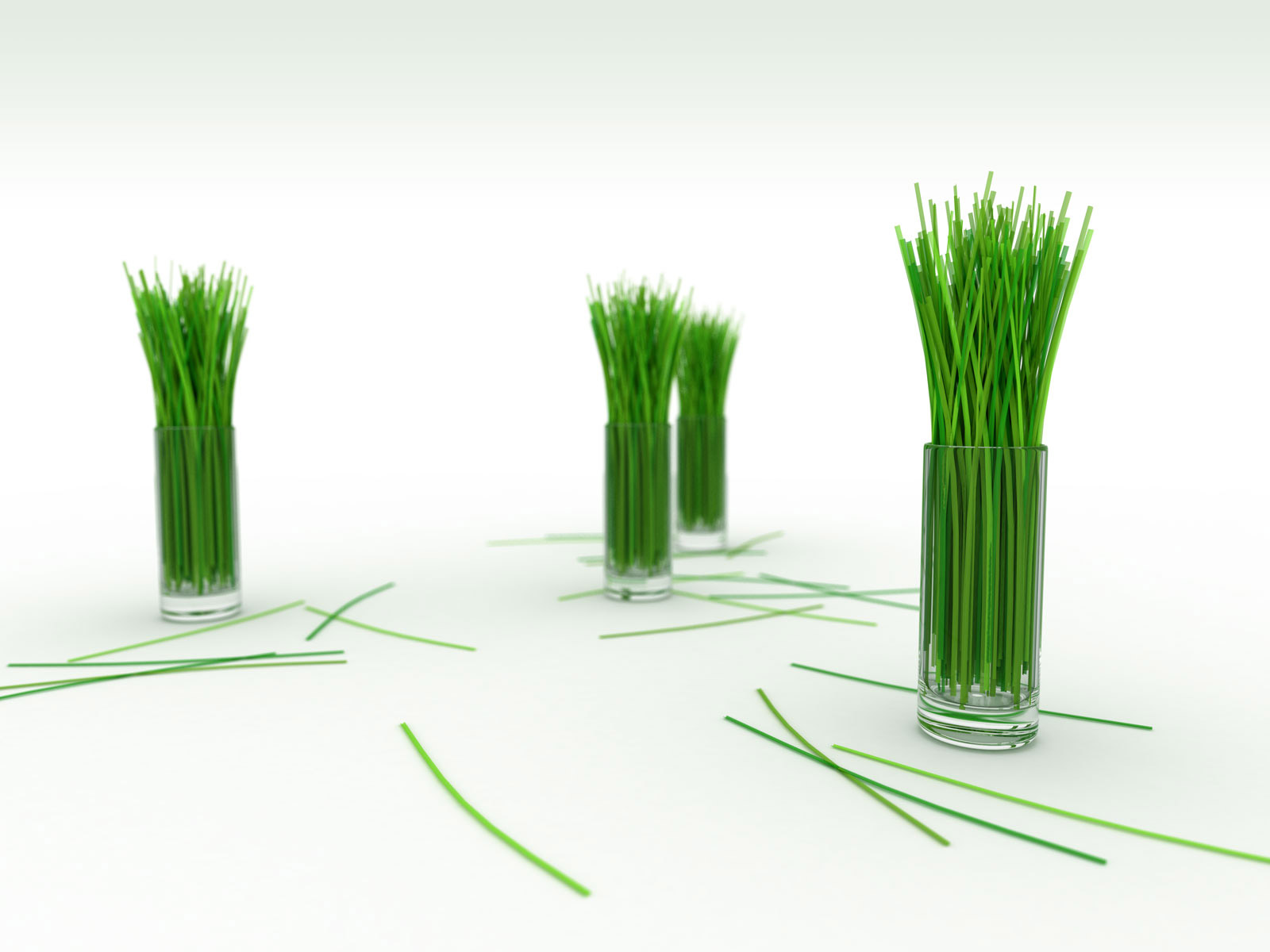Thomas Keller, the fame chef of The French Laundry, restaurant, once asked about the most important thing for a cook to know?”. He didn’t pause long before saying, “Seasoning.”
“Seasoning, meaning what?” when enquired further. “Salt and pepper,” he said. Then he narrowed it further. “Salt, really. How to use salt. It’s the first thing new cooks are taught. How to season the food.”
Salt is not just an ingredient, it’s a technique, an important skill. When something was wrong with a dish, the most common reason was too little or too much salt. Learning to use salt in and on your food is akin to the life and death of a dish.
Type of salt: Course or fine salt.
It’s a matter of preference. Coarse salt is easier to hold and easier to control than fine salt. Salting is an inexact skill, meaning there is no way to describe in words how much salt to use in any given dish. Instead, it is up to the cook, a matter of taste. Also, people’s salt preferences differ, given one’s expectations of saltiness. So always salt to taste. When a recipe calls for a precise measure of salt, a teaspoon, say, this is only a general reference. You may need to add more. How do you know? Taste the food. Measure with your finger, learn to season by feel and by sight. Soon you’ll know how much a teaspoon/tablespoon is like in between your thumb and forefinger. Again, the reason to use coarse salt is that it’s easy to control. But if you feel more comfortable using fine salt, there’s no reason you shouldn’t. I for myself use fine salt when seasoning fish and stock and broth.
Using salt throughout cooking. First and foremost is salt’s use in general cooking. It heightens flavors across the board, from savory to sweet. When the main ingredient goes into the pan, tomatoes for a sauce, say, so does a little more salt. Not too much, but in the end, it’s going to have a little more depth and flavor than had I not seasoned it. If you do all the seasoning right at the end, the flavor will be a little different. Add salt for stocks, soups, sauces, and stews earlier rather than salting at the end, which gives the salt no opportunity to distribute itself throughout the ingredients. You’ve got to give salt a little time to work its magic.
Salting for meat benefited by doing it early, as early as you’re back from the grocery store right before you wrap the meat and send it to the freezer. Salting early has an additional health and flavor benefit in that it inhibits spoilage bacteria. Except for chicken, if you salt a chicken well in advance of cooking, the salt will dehydrate the skin, and the skin, when roasted, will be a smooth, shiny golden brown. This is fine if that’s how you like it. But I like a salty, crusty skin on a roasted bird, so I salt a chicken aggressively, using about a tablespoon of salt, just before it goes into a very hot oven.
Salting for fish, it’s best to apply it using fine salt just before cooking, since the big grains of coarse salt can actually “burn” the flesh.
Salting water, for a big pot, this requires more than a pinch. I add about 2 tablespoons of salt for every 4 liters of waters,or 10 grams for 1 liter, a 1-percent salt solution. The result, whether you’re cooking pasta or rice or any other grain, will be perfectly seasoned. So taste your cooking water for the saltiness. It does not have to be precise, more importantly, the saltiness of that water will transfer directly to the ingredients you’re using it for, either pasta, grains, green vegetables or starchy one such as potatoes.

